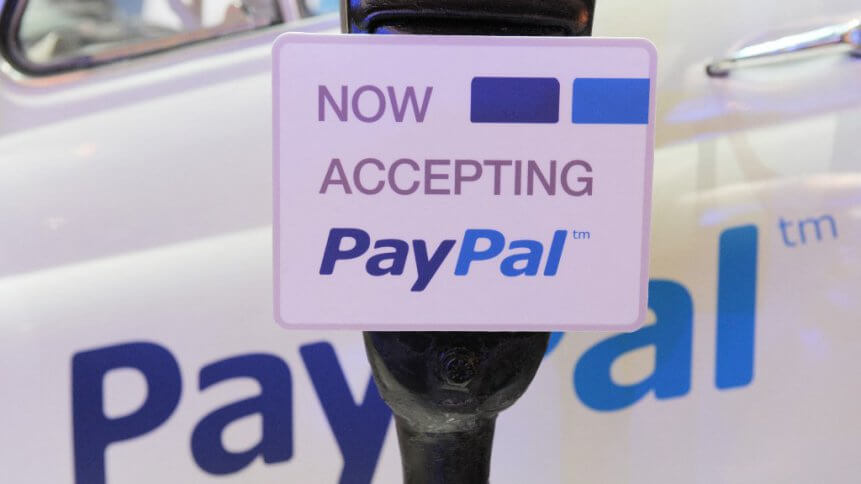
Buy now, pay later (BNPL) is the payments trend taking B2B eCommerce by storm over the past year, adding revenue to online marketplaces by offering trade credit-like payment settlement terms spread equally over three or four months, usually.
But payment industry watchers believe that business-to-business (B2B) payment trends tend to follow the tried and tested path laid by business-to-consumer (B2C) innovations, an understandable market effect. But others, such as artificial intelligence (AI)-driven B2B invoicing solution Biller’s CEO Derek Vreeburg, believes that BNPL represents more than just an eCommerce rebranding of trade credit.
In fact, payment terms akin to BNPL have been a fixture of B2B trade for many years. Some insiders claim that ‘buy now, pay later’ is just a catchy phrase invented by the media or savvy eCommerce operators to repackage BNPL for B2B transactions.
But Biller’s Vreeburg told PYMNTS that while the concept of making payment for a delivered item at a later date has been around for decades, the changing needs of both online shoppers and sellers have created a space for a modern credit solution in B2B eCommerce transactions.
“It all comes down to a new generation of B2B buyers,” said Vreeburg. “The majority are millennials, and they grew up with technology by buying online.”
Millennials and other modern eCommerce shoppers are bringing their shifting expectations to B2B purchasing trends as well, as it’s already been noted that B2B tends to mimic B2C trends over time, especially the ones that capture the attention of business owners.
“If you really want to unburden the seller, then you need to blend in with their current ecosystem,” noted Vreeburg. “You see a lot of solutions that are a single solution, where you have to integrate it separately.”
BNPL options are also driving innovation on platforms offering them, unlike legacy trade credit options that rarely have adopted online-first innovations such as AI-powered credit checks, or digital underwriting processes.
Vreeburg informed PYMNTS that unlike pay later options for B2C eCommerce, B2B BNPL can and should be able to handle the complexities of handling individual customer profiles, as B2B buyers would prioritize payment experiences tailored for their needs or preferences.
B2C payments need to present user-friendly interfaces and seamless gateways to retain consumers and ensure they complete their purchases. Similarly, archaic and silo’d B2B payment methods will need to be facelifted to retain buyers and provide them ease of doing business.
Embedding BNPL functionality at the point of purchase or checkout can meet the needs of both buyer and seller, according to Vreeburg. “Buyers and sellers are both struggling with their cash flow,” he pointed out.
“We really want to offer a buyer-like dynamic payment service in checkout so [buyers] can say, ‘My need at the moment is to pay within ‘X’ days, instead of the terms given by the seller.’ But also, we want to give the seller the option to say, ‘I want to have this money earlier than my payment terms.’”
Flexibility on both sides of the payment process can be an advantage for B2B BNPL, and could be one of those plus points that sees BNPL become a popular option in the growing number of B2B eCommerce marketplaces that are sprouting up, without the baggage of outdated and un-user-friendly payment terms that it might be, unfairly, compared against.









